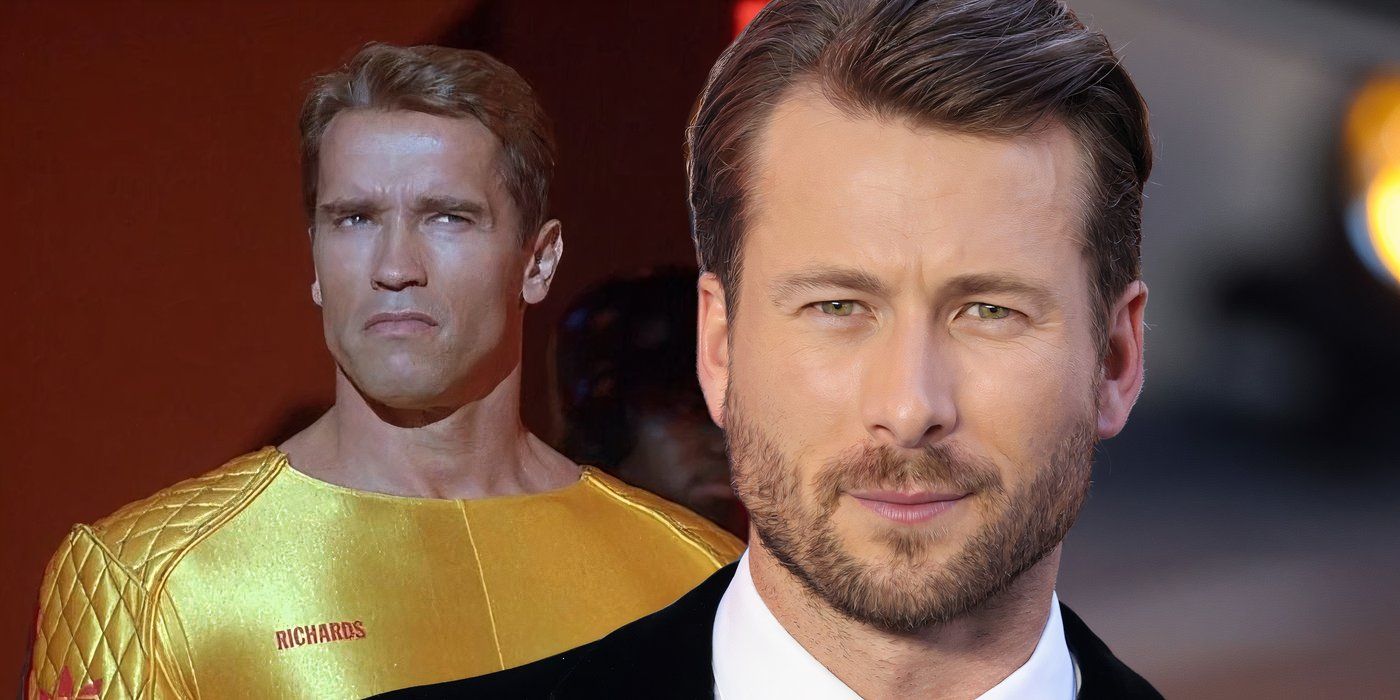The Running Man is a high-octane dystopian action thriller that blends social commentary with explosive entertainment. Set in a near-future totalitarian society, the film presents a world where the government controls the populace through fear, propaganda, and a violent reality television show. Based loosely on Stephen King’s novel (written under his pseudonym Richard Bachman), the story offers a sharp critique of media manipulation, public desensitization to violence, and the commercialization of human suffering.
The plot follows Ben Richards, a former police officer framed for a massacre he tried to prevent. Wrongly imprisoned, Richards is forced into participating in “The Running Man,” the nation’s most popular televised bloodsport. Contestants must navigate a deadly urban game zone, pursued by “stalkers”—gladiator-style killers, each with a distinct theme and weaponry. The prize for survival is freedom, but in this corrupt system, victory is nearly impossible. As Richards fights for his life, he becomes a symbol of rebellion, exposing the government’s lies and inspiring the oppressed masses to rise against their oppressors.
One of the film’s strongest aspects is its blend of action and satire. While it delivers plenty of adrenaline-pumping chase sequences, brutal combat, and larger-than-life villains, it also uses these elements to lampoon celebrity culture, state-controlled media, and the voyeuristic nature of entertainment. The stalkers themselves—such as the chainsaw-wielding Buzzsaw or the opera-singing Dynamo—are caricatures of pop culture excess, embodying the absurdity and moral bankruptcy of the system.

Visually, The Running Man captures the garish, neon-soaked style of 1980s sci-fi action films. The game zones are varied and dangerous, from icy arenas to fiery industrial wastelands, each posing unique threats to the contestants. Costumes and set designs reflect an exaggerated media-driven society, with over-the-top production values that both dazzle and disturb. This theatrical aesthetic contrasts sharply with the bleakness of the world outside the show, emphasizing the disconnect between reality and televised fantasy.
At its core, the film is driven by the charisma and physical presence of its lead. Richards is portrayed as a reluctant hero—someone who doesn’t seek to inspire but whose defiance naturally ignites resistance. The supporting cast adds depth, from fellow contestants who form fragile alliances to the manipulative television host who embodies the face of state-sponsored entertainment. The dynamic between Richards and the show’s producer is particularly compelling, representing the struggle between individual truth and institutional control.

The pacing keeps audiences engaged from start to finish, balancing high-stakes action with moments of dark humor and biting social critique. The dialogue often delivers quick-witted jabs at the hypocrisy of the regime, while the climactic confrontation ties together both the personal stakes for Richards and the broader fight for justice.
Ultimately, The Running Man succeeds as both a thrilling piece of 1980s action cinema and a cautionary tale that remains relevant today. Its depiction of media as a tool for oppression, and the public’s appetite for sensationalized violence, resonates in an era where reality TV and social media dominate cultural discourse. Beneath its explosions and fistfights lies a warning: when entertainment becomes a weapon, freedom and truth are the first casualties.

-1752044439-q80.webp)
-1751956338-q80.webp)
